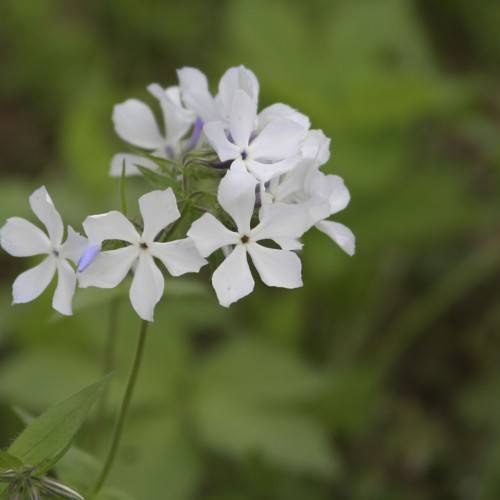
wild sweet William
Phlox divaricata 'Fuller's White'
Cycle:
Herbaceous Perennial
Watering:
Average
Hardiness Zone:
3 - 8
Flowers:
Flowers
Sun:
Part shade,full shade
Leaf:
Yes
Growth Rate:
Low
Maintenance:
Moderate
Salt Tolerant:
Yes
Care Level:
Medium
watering
Wild sweet William should be watered on a regular basis to ensure optimal growth. Water deeply at least once a week if there is no rain. Soak the soil around the plant to a depth of 6 inches. Avoid over-watering by allowing the soil to dry before watering again; if the soil does not dry out after a week, reduce watering frequency. Be mindful of the weather, the soil type, and season, and adjust the frequency of watering accordingly.
sunlight
Wild sweet William (Phlox divaricata 'Fuller's White') prefers full sun with 4-6 hours of direct sunlight per day. During the hottest part of the growing season, some morning shade is beneficial to help protect the plant from the intense heat and strong afternoon sunlight. In areas with extreme heat, afternoon shade may be needed for the plant to stay healthy. In areas with cooler climates, full sun is ideal to help boost blooming capabilities.
pruning
Wild sweet William (Phlox divaricata 'Fuller's White') should be pruned in early spring before new growth begins to form. If dead or diseased branches are observed on the shrub, these can be removed at any time during the year. Additionally, light shaping and tip pruning can be carried out in late spring or summer to help maintain the desired shape. Pruning should be kept to a minimum, as this species tends to become sparse and scraggly if over-pruned.
